Festival de América Latina (라틴아메리카 축제)
2.5Km 2024-08-22
Samseongyo-ro Jiha 1, Seongbuk-gu, Seúl
02-2241-6381/3/4
Bon PALETE (봉파레트)
2.5Km 2021-03-29
57-1, Seongbuk-ro, Seongbuk-gu, Seoul
+82-2-766-0827
You can enjoy delicious meals at a hanok restaurant. This Western dishes restaurant is located in Seongbuk-gu, Seoul. The representative menu is seafood pasta.
Hwangsaengga Kalguksu (황생가칼국수)
2.5Km 2020-07-14
78, Bukchon-ro 5-gil, Jongno-gu, Seoul
+82-2-739-6334
Hwangsaengga Kalguksu, one of the most popular restaurants on Samcheongdong-gil, offers authentic homemade kalguksu, wang mandu (extra-large dumpling) and kongguksu (noodles in cold soybean broth).
Parque Sejongno (세종로공원)
2.5Km 2024-09-10
Sejong-daero 189 (subsuelo), Jongno-gu, Seúl
El Parque Sejongno está localizado cerca del Centro Cultural Sejong de Seúl. Dentro del parque hay bancos de madera y zonas con sombra para que la gente pueda sentarse y relajarse. También hay fuentes de agua, un escenario exterior y varias esculturas. Entre semana, el parque se llena de oficinistas que lo visitan a la hora de la comida, y durante los fines de semana incluso se realizan bodas al aire libre.
bon PALETE(봉파레트)
2.5Km 2020-12-24
57-1 Seongbuk-ro Seongbuk-gu Seoul
+82-2-766-0827
You can enjoy delicious meals at a hanok restaurant. This Western dishes restaurant is located in Seongbuk-gu, Seoul. The representative menu is seafood pasta.
K-Food Festival Knock Knock (K-푸드 페스티벌 넉넉)
2.5Km 2024-10-08
Sejong-daero Jiha 189, Jongno-gu, Seúl
02-2088-4960
Samjeon Hoejeon Chobap (삼전회전초밥)
2.5Km 2019-06-19
21, Sejong-daero 23-gil, Jongno-gu, Seoul
+82-2-735-1748
At Samjeon Hoejeon Chobap, you can sit back and relax as fresh sushi dishes such as eel sushi, tuna sushi, salmon sushi, and shrimp sushi come by you on the conveyor belt. The system allows you to avoid waiting for food and pick and choose your favorite dishes. Sushi dishes are made of fresh fish delivered daily so you can rest assured that you’re eating only top quality sushi.
The restaurant is conveniently located in central Seoul in the Gwanghwamun area near major landmarks such as City Hall, the Sejong Center for the Performing Arts, and Cheonggyecheon, making the restaurant a convenient stopover during a busy day of touring.
Puerta Sungnyemun (Puerta Namdaemun) (숭례문)
2.5Km 2023-02-20
Sejong-daero 40, Jung-gu, Seúl
La puerta Namdaemun, cuyo nombre oficial es Sungnyemun, es un Tesoro Nacional de Corea. Tiene una entrada con forma de arco en el centro de una plataforma levantada de piedras. Sobre la misma, se elevan los pilares y el techo dividiendo al portal en nivel superior e inferior. En los laterales Este y Oeste, tiene abiertas puertas para entrar y salir.
El césped verde que rodea a la plataforma muestra las huellas de una antigua fortaleza. Cuando el monarca fundador de la dinastía Joseon, Lee Seong-Gye (que reinó de 1335 a 1408), hizo construir la ciudad capital, creía que en caso de incendio, el fuego alcanzaría el palacio Gyeongbokgung como así también el interior de la capital porque el monte Gwanaksan de Seúl tiene la figura del fuego de acuerdo a los principios de geománticos del “feng-shui”. Por ello, el letrero de la puerta Sungnyemun fue escrito en sentido vertical para proteger a la ciudad del incendio, porque los caracteres chinos escritos en forma horizontal se semejan a la imagen del fuego. La ideografía del letrero de Sungnyemun es solemne, elegante y llena de fuerza, pero a la vez, prolija.
La ideografía es famosa por ser de puño y letra del príncipe Yangnyeongdaegun (que reinó de 1394 a 1462), el primogénito de Taejong (1367-1422) de la dinastía Joseon. Por las noches, las luces de las lámparas de mercurio ubicadas debajo de la puerta añaden más belleza a su estética natural.
ITALASIAN (이딸라시안)
2.5Km 2021-08-09
91, Saemunan-ro, Jongno-gu, Seoul
+82-2-733-2272
It is a restaurant known for its large servings. This restaurant's signature menu is spaghetti. This Korean dishes restaurant is located in Jongno-gu, Seoul.
Jinju Hall (진주회관)
2.5Km 2020-05-08
26, Sejong-daero 11-gil, Jung-gu, Seoul
+82-2-753-5388
Jinju Hall is a restaurant specializing in kongguksu (chilled white soybean noodle soup) with over 40 years of history. Renowned for its rich soup of cold noodles, the restaurant uses fresh soybeans grown in Gangwon-do. The dishes are not only nutritious, but also effective in restoring people's appetites, often lost because of the summer's heat.
To make the restaurant's signature dish, buckwheat is mixed with ground soybeans and flour to make dough. The dough is shaped into noodles and boiled. They are then mixed with pulverized soybeans (which are slightly boiled) and cold broth. Boasting a simple taste, this cold soybean noodle dish is one of the most popular dishes in summer.
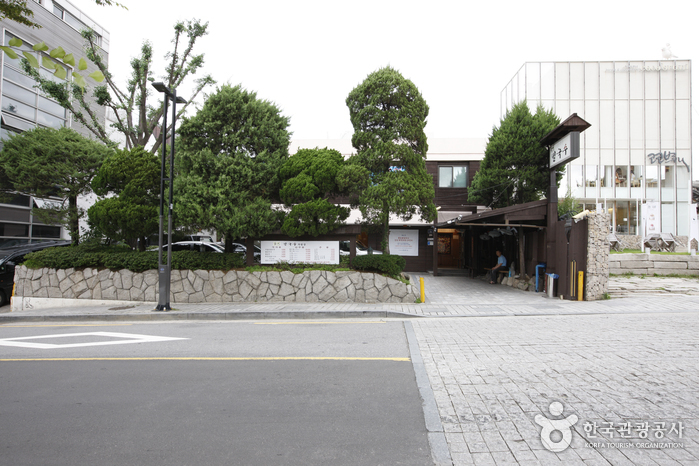
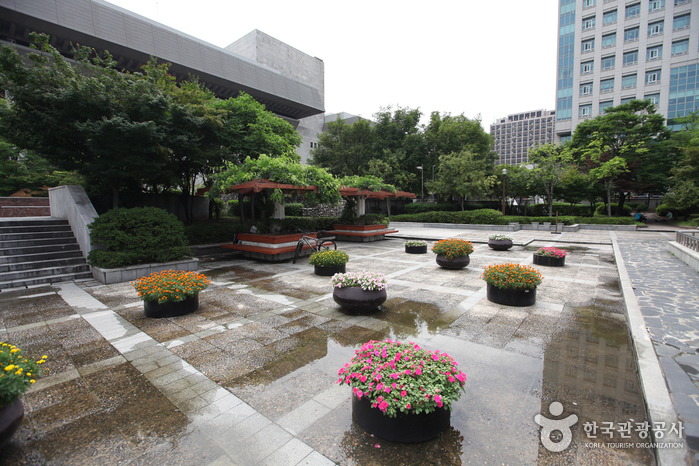
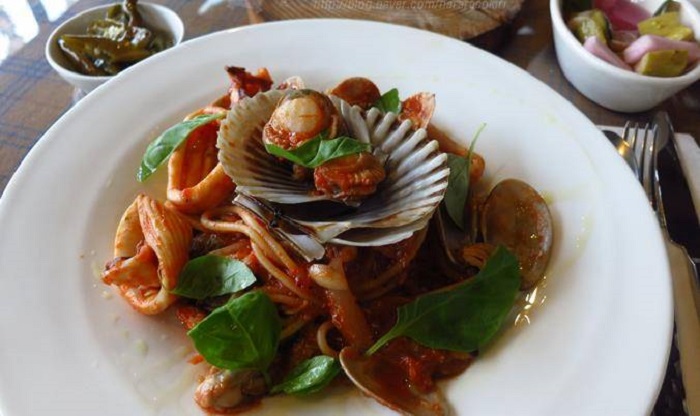
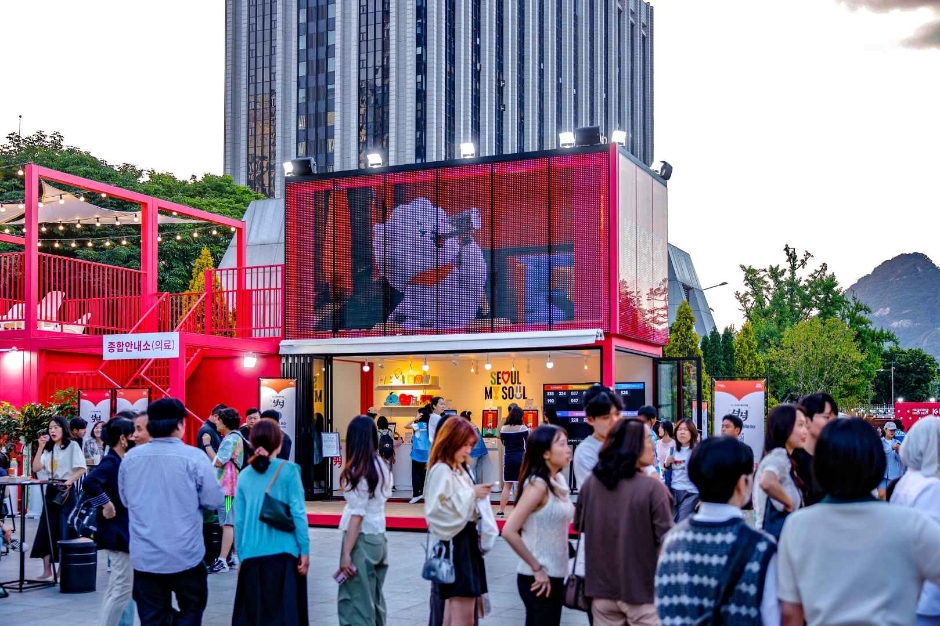
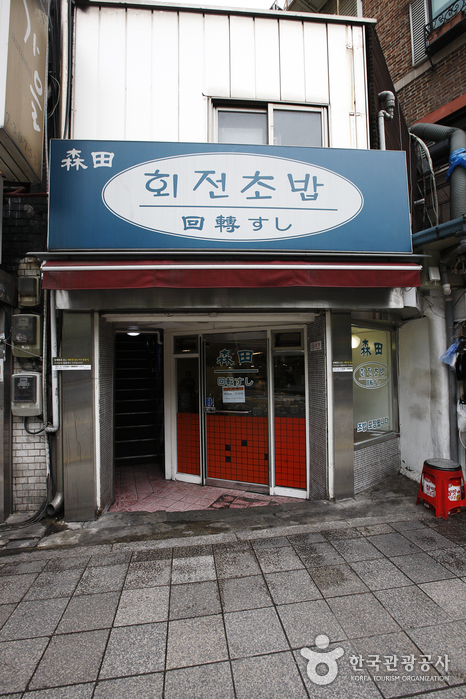
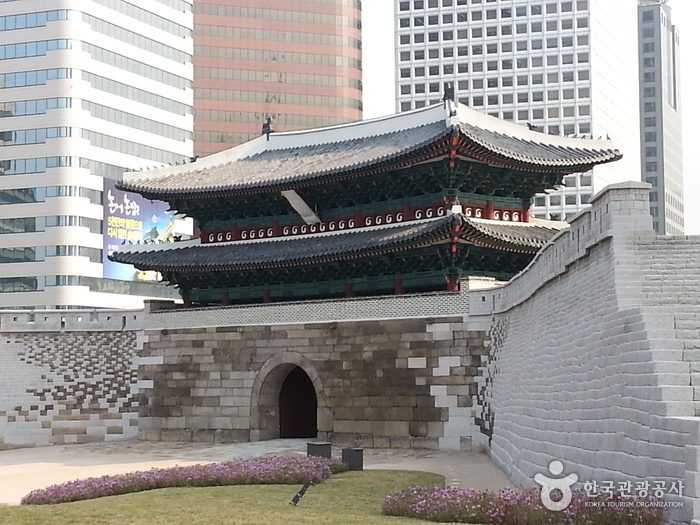

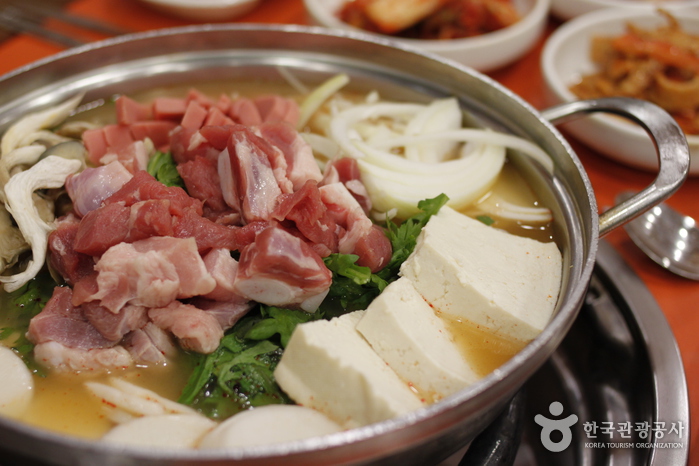
 Español
Español
 한국어
한국어 English
English 日本語
日本語 中文(简体)
中文(简体) Deutsch
Deutsch Français
Français Русский
Русский